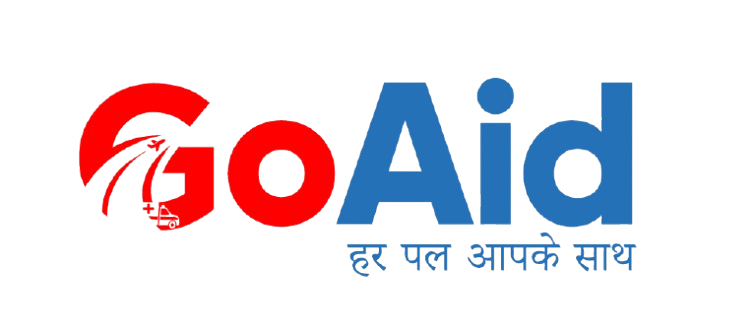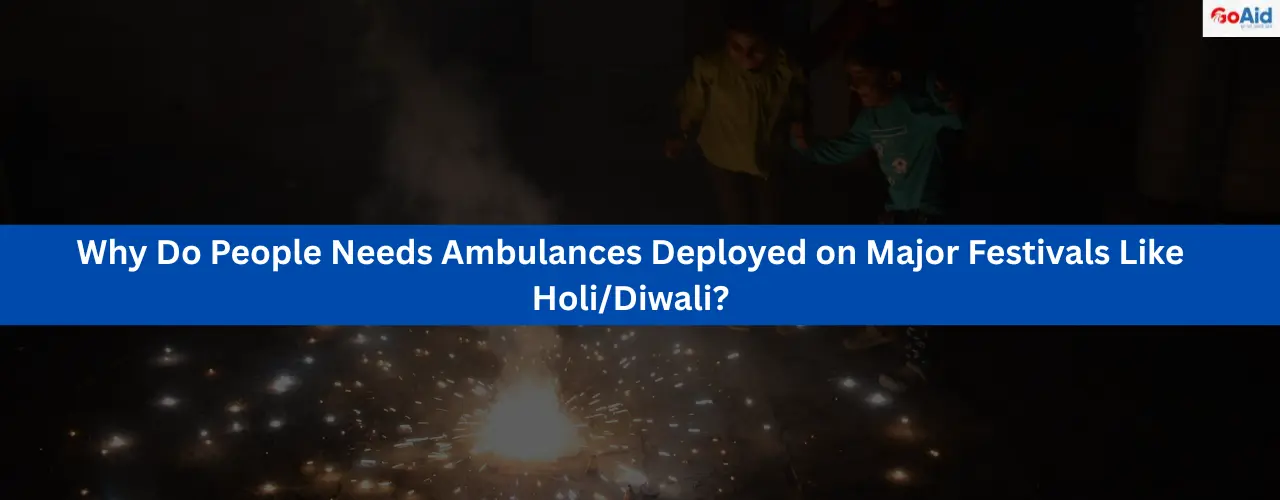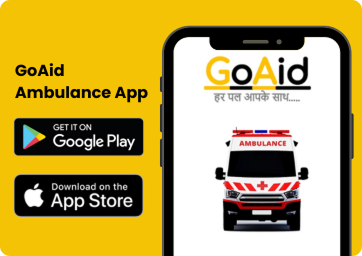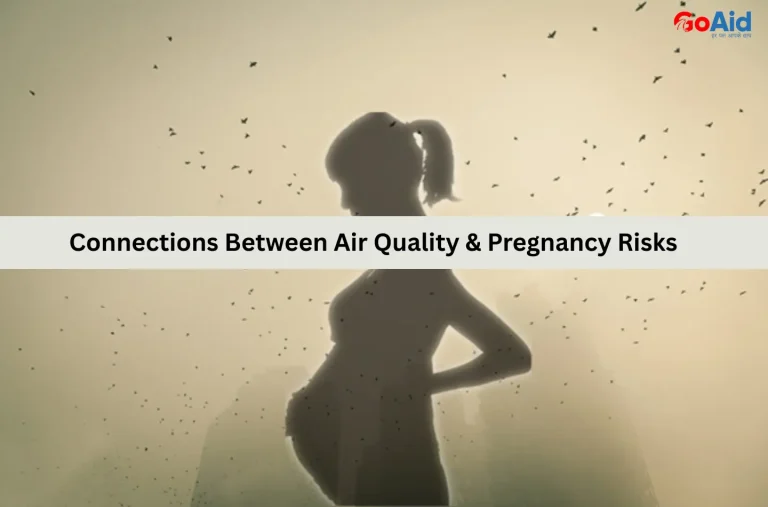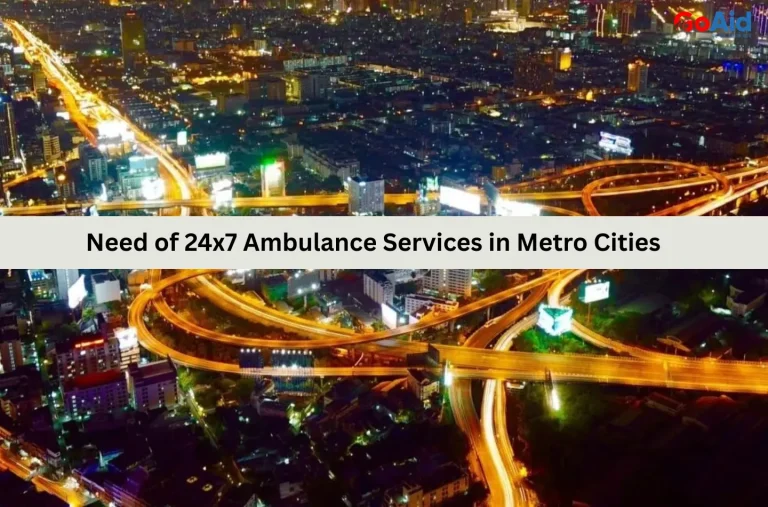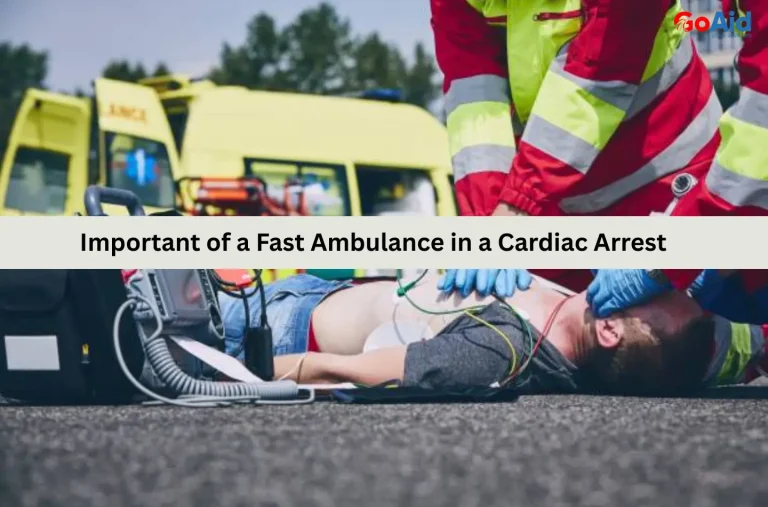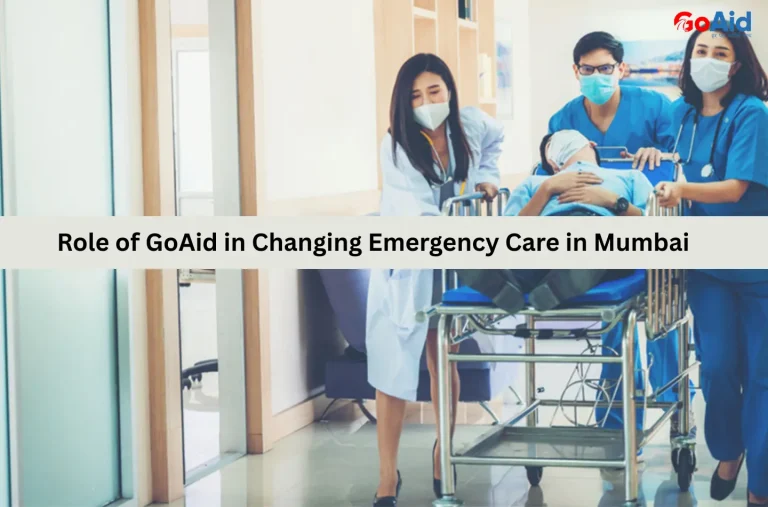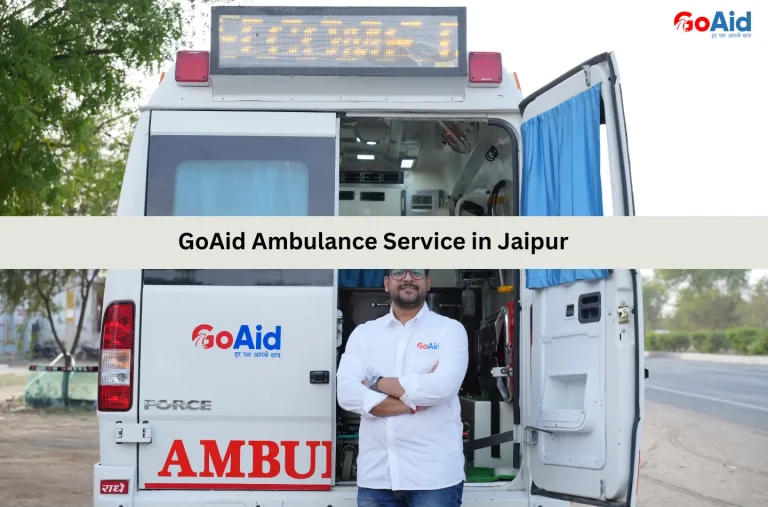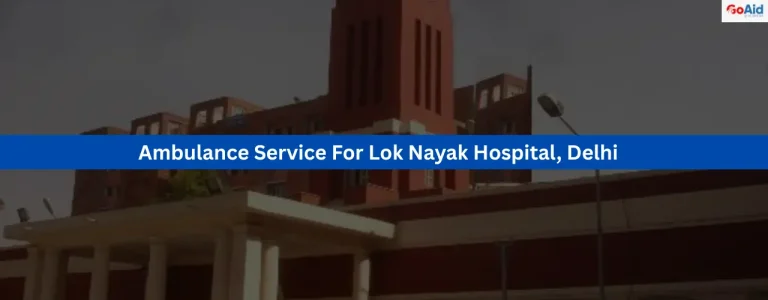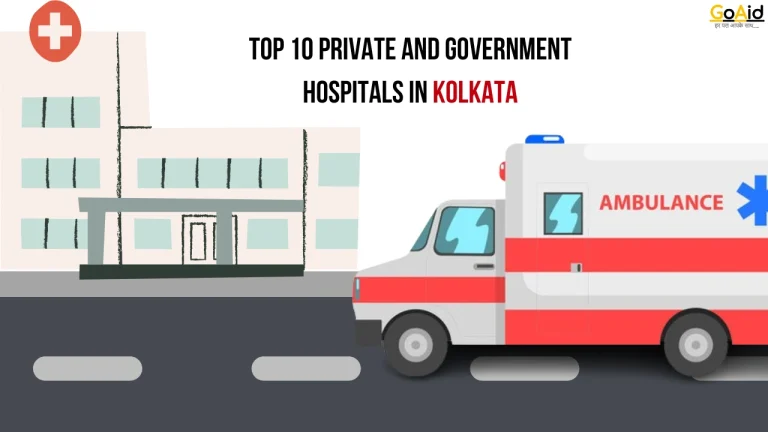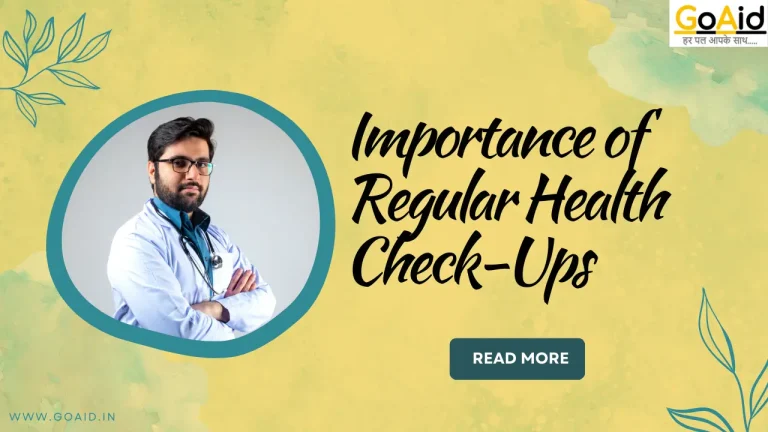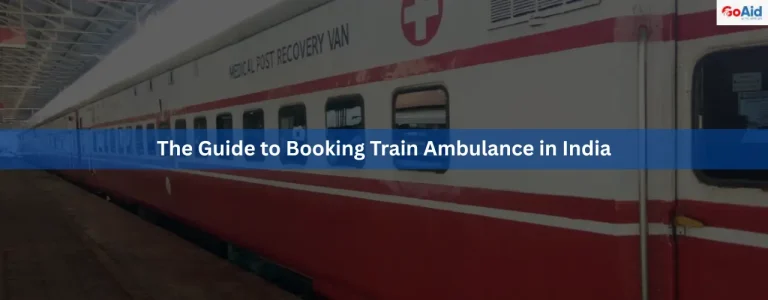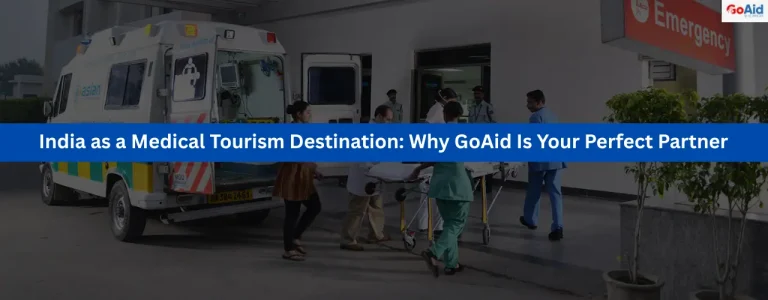During major festivals like Holi and Diwali, large crowds, fireworks, and street celebrations significantly increase the risk of accidents, burns, injuries, and health emergencies. Rapid medical assistance is crucial to prevent fatalities and manage critical cases.
Ambulances stationed at strategic locations enable immediate response. This ensures timely treatment and safe transport to hospitals. In addition, festival-goers may experience dehydration, fainting, or cardiac events due to stress, large gatherings, or extreme weather conditions.
Pre-deployed ambulances with trained paramedics, ICU equipment, and first-aid kits minimize delays in emergency care. By having ambulances ready during festive events, authorities and organizers can enhance public safety, reduce panic, and save lives efficiently across crowded areas.
Challenges of Emergency Services During Festivals
Providing emergency medical services during festivals is complex due to large crowds, unpredictable incidents, and traffic congestion. Several challenges must be addressed to ensure timely and safe patient care.
Challenge-1:
Description: High crowd density during festivals makes it extremely difficult for ambulances and paramedics to navigate through streets, delaying emergency response and access to injured or critically ill individuals.
Challenge-2:
Description: Traffic congestion caused by blocked roads, processions, and street stalls can significantly slow down emergency vehicles, risking critical delays in reaching patients in need.
Challenge-3:
Description: Firework-related accidents are common during Diwali and Holi, leading to burns, hearing injuries, and explosions that require immediate medical intervention and specialized care.
Challenge-4:
Description: Limited access points, such as barricades, narrow streets, or temporary festival structures, can restrict ambulance movement, requiring careful pre-planning and strategically positioned emergency units.
Challenge-5:
Description: High demand during festivals can stretch hospital resources, ambulance fleets, and paramedic teams. This makes it challenging to maintain quality care for every patient.
Challenge-6:
Description: Panic and stampedes may occur during emergencies in crowded areas, leading to secondary injuries and complicating rescue and medical operations.
Challenge-7:
Description: Environmental factors such as extreme heat, dust, and smoke can exacerbate health issues like dehydration, respiratory distress, and fainting, increasing the number of medical emergencies.
Challenge-8:
Description: Communication gaps between event organizers, volunteers, and hospitals can cause delays in ambulance dispatch, patient transfer, and coordination of medical care.
Challenge-9:
Description: Festivals present a variety of emergencies, from minor injuries to severe trauma, requiring versatile medical equipment and paramedics trained to handle multiple scenarios.
Challenge-10:
Description: Ensuring the safety of emergency staff in chaotic festival environments is challenging, as paramedics must operate efficiently without risking their own well-being or compromising patient care.
Best Ambulance Service to Deploy for Events & Festivals in India
GoAid Event Ambulance Service is recognized as the most reliable and professional solution for managing emergencies at festivals across India. With specialized planning for Diwali, Holi, and other crowded events, GoAid ensures rapid deployment of ICU-equipped ambulances and trained paramedics at strategic locations.┬Ā
Their services include mobile medical units, trauma care, first-aid stations, and instant coordination with nearby hospitals. GoAidŌĆÖs experience in managing large-scale public gatherings guarantees safety, quick intervention, and efficient patient transfer.
Equipped for both air and ground emergencies, GoAid provides a full spectrum of medical support during festivals. Their proactive strategies, government-approved rates, and 24/7 availability make them the ideal choice for organizers seeking dependable festival medical coverage.
GoAid Festival Ambulance Deployment Strategy ŌĆō Working Step by Step
GoAid ensures safe and efficient medical support during festivals with a well-planned ambulance deployment strategy. Each step is designed to optimize response times and patient care in crowded events.
Step-1:
About: Pre-event assessment identifies high-risk zones, expected crowd density, and potential hazards. This analysis allows GoAid to strategically position ambulances, first-aid stations, and paramedic teams for maximum coverage during the festival.
Step-2:
About: Allocation of ICU-equipped and ventilator-ready ambulances based on event size, location, and type ensures immediate availability of advanced life-support systems in case of severe emergencies.
Step-3:
About: Collaboration with local authorities, police, and event organizers ensures smooth traffic management and access routes for ambulances, minimizing delays in crowded streets.
Step-4:
About: Deployment of trained paramedics and medical staff at key checkpoints allows rapid response, first-aid treatment, and stabilization before hospital transfers if required.
Step-5:
About: Establishing temporary medical tents or mobile units within the festival premises ensures on-site emergency care for minor injuries and immediate attention for critical cases.
Step-6:
About: Real-time communication systems, including radios, apps, and helplines, connect ambulances, paramedics, and hospitals, enabling coordinated and efficient medical response throughout the festival.
Step-7:
About: Continuous monitoring of crowd density and emergency incidents allows GoAid to reposition ambulances dynamically. This reduces response times and ensuring coverage where itŌĆÖs most needed.
Step-8:
About: Quick hospital coordination guarantees seamless patient transfer, with pre-informed hospitals ready to receive critical cases. This reduces delays in life-saving interventions.
Step-9:
About: Post-event analysis evaluates ambulance performance, response times, and challenges faced. This data helps improve planning and deployment strategies for future festivals.
Step-10:
About: Public awareness campaigns inform festival-goers about ambulance locations, emergency contact numbers, and first-aid points. This ensures everyone knows where and how to access help quickly.
How GoAidŌĆÖs Event Ambulances Help People?
GoAidŌĆÖs event ambulances play a vital role in ensuring public safety during festivals like Diwali and Holi. With strategically deployed ambulances, trained paramedics, and ICU-ready equipment, GoAid provides rapid emergency response:
Rapid Response Ambulance Services in Crowded Areas
GoAid ensures ambulances are positioned at strategic points during festivals to navigate through dense crowds quickly. Real-time tracking and pre-planned routes allow ambulances to reach emergencies within minutes.┬Ā
Rapid response minimizes delays, stabilizes patients, and ensures timely hospital transfers. This approach is crucial for trauma, burns, or cardiac emergencies during large-scale celebrations, where every second matters, saving lives and reducing complications.
Trained Paramedics for Festival Emergencies
GoAid deploys highly skilled paramedics trained to handle festival-specific emergencies such as burns, cuts, dehydration, or crowd-related injuries. They provide on-site first-aid, stabilize critical cases, and manage patient transport safely.
Their experience in high-pressure, chaotic environments ensures accurate assessment and immediate intervention. By maintaining a calm and professional presence, paramedics reduce panic among festival-goers and provide reassurance to the public.
ICU and Emergency Equipment Onsite
GoAidŌĆÖs event ambulances come equipped with ICU facilities, ventilators, oxygen support, cardiac monitors, and trauma kits. This enables paramedics to provide hospital-level care immediately at the event or during transit.┬Ā
Critical patients, including those with cardiac arrest, severe burns, or trauma injuries, receive continuous monitoring and life-saving interventions on-site. Having advanced emergency equipment ensures that even severe cases are managed efficiently before reaching a hospital.
Coordination with Event Organizers and Hospitals
GoAid works closely with event organizers, local authorities, and nearby hospitals to streamline emergency response. This includes pre-arranged access routes, hospital notification for incoming patients, and effective communication during incidents.
Such coordination ensures ambulances are never delayed, paramedics are supported, and critical patients are immediately transferred to hospitals equipped for their needs. GoAid also collaborates on safety planning, helping organizers allocate medical posts and staff efficiently.
Planning Ambulance Standbys During Diwali and Holi
GoAid deploys ambulances strategically during peak festival hours. This ensures standbys at high-risk zones and crowded areas. Each ambulance is ready for immediate dispatch.
This reduces response times for sudden emergencies. Standby planning considers crowd movement, traffic, and event layouts to maximize accessibility.
ICU-equipped and ventilator-ready ambulances are placed near firework displays, busy streets, and gathering points. This proactive placement ensures rapid intervention for burns, trauma, or cardiac emergencies.
Crowd Management and Patient Safety Measures
GoAid implements crowd management strategies to ensure safe emergency access during festivals. Ambulances are allocated routes free from obstructions, and paramedics assist in moving injured patients safely through dense crowds.
They coordinate with volunteers and event staff to manage pathways, prevent stampedes, and facilitate efficient patient transport. Safety measures include on-site first-aid stations, signage for emergency points, and public awareness about ambulance locations.
Tips for Safe Festival Medical Coverage
Ensuring safe medical coverage during festivals like Diwali and Holi is crucial. Proper planning, ambulance deployment, and crowd management prevent emergencies and provide timely care to attendees.
1. Pre-Plan Ambulance Locations
Strategically position ambulances near high-risk zones to reduce response times and ensure quick access to injured individuals.
2. Deploy Trained Paramedics
Always have skilled paramedics ready to provide first-aid, CPR, and trauma care during emergencies.
3. Equip Ambulances Fully
Include ICU facilities, ventilators, oxygen, and trauma kits for handling critical cases on-site effectively.
4. Coordinate with Local Hospitals
Inform nearby hospitals in advance to ensure smooth patient transfer during peak emergencies.
5. Set Up First-Aid Stations
Establish multiple points with basic medical supplies to manage minor injuries immediately.
6. Monitor Crowd Movement
Use volunteers and signage to control crowd flow, preventing stampedes and ensuring emergency access.
7. Provide Clear Emergency Numbers
Share helpline and ambulance contact info with attendees for fast communication during incidents.
8. Use Mobile Tracking Apps
Track ambulance locations and dispatch dynamically to respond quickly to emergencies anywhere in the venue.
9. Regular Equipment Checks
Inspect medical equipment, stretchers, and supplies daily to avoid malfunctions during critical moments.
10. Awareness Campaigns
Educate attendees on safety protocols, emergency points, and first-aid availability to reduce panic and delays.
Conclusion
In conclusion, we have provided all the details about Ambulance Deployment During Indian Festivals and managing Diwali/Holi emergencies. GoAid ensures rapid ambulance response, trained paramedics, ICU and emergency equipment, and proper planning to handle large crowds safely.
Effective coordination with organizers, hospitals, and volunteers ensures patient safety, while pre-positioned ambulances reduce response times.
By implementing crowd management, first-aid stations, and clear emergency communication, GoAid provides comprehensive festival medical coverage, minimizing injuries and fatalities.
Businesses, authorities, and attendees can rely on GoAid for efficient and professional emergency medical support during major Indian festivals.
FAQs
Q1: Why are ambulances necessary during festivals like Diwali and Holi?
A: Large crowds, fireworks, and street activities increase accident and health risks. Ambulances provide immediate medical attention, stabilizing patients and saving lives during emergencies.
Q2: How does GoAid ensure rapid response in crowded festival areas?
A: GoAid strategically deploys ambulances, tracks them via mobile apps, and maintains communication with organizers, enabling quick access despite high crowd density.
Q3: What equipment do festival ambulances carry?
A: GoAid festival ambulances include ICU facilities, ventilators, oxygen support, trauma kits, and first-aid supplies for critical and minor emergencies on-site.
Q4: Can paramedics manage emergencies before reaching hospitals?
A: Yes, trained GoAid paramedics provide on-site first-aid, stabilize patients, and monitor vital signs during transport. This ensures professional care before hospital arrival.
Q5: How can attendees access medical help quickly during festivals?
A: Attendees can call the GoAid helpline, use the app to locate nearby ambulances, or approach first-aid stations positioned at strategic event points.
